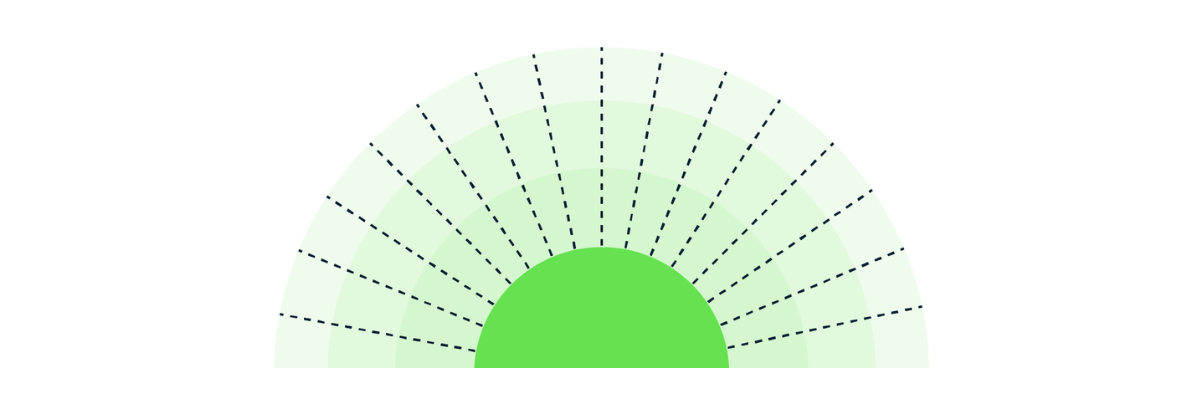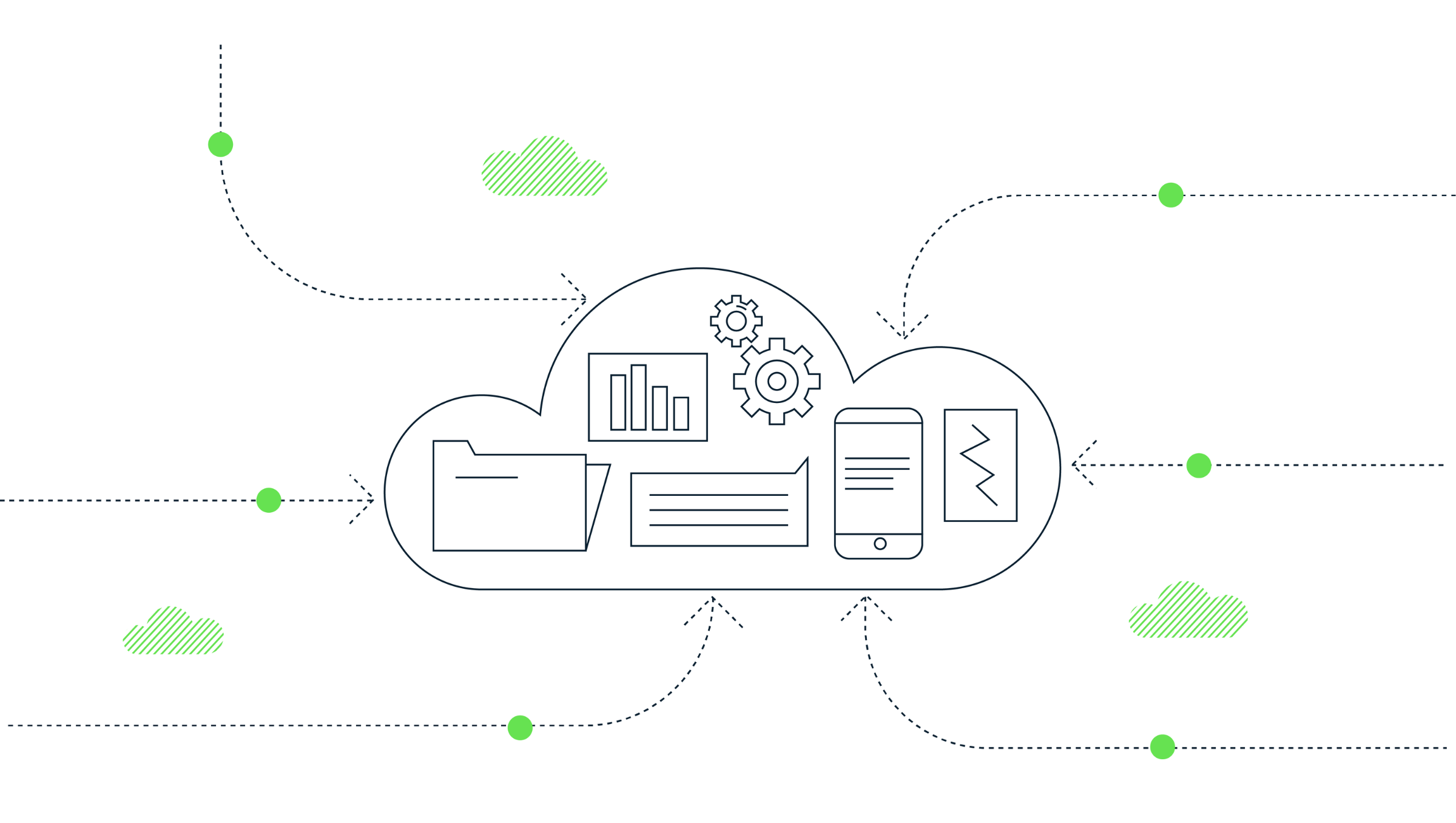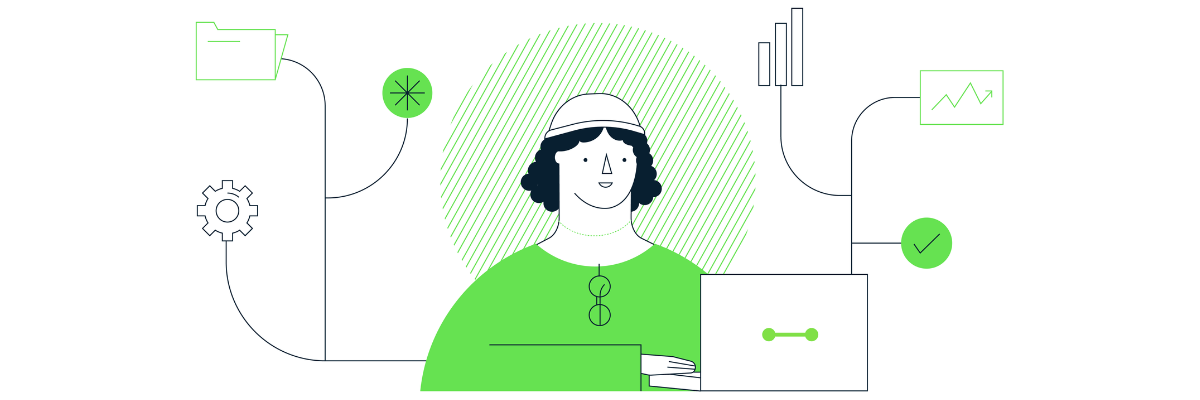The sun is setting on Universal Analytics

It’s finally happening. Google has announced the sunsetting of Universal Analytics, or more specifically, the date when UA will stop processing new hits. The 1st of July, 2023. For those without a calendar to hand, that’s fifteen and a half months from now.
So plenty of time still to think about migrating to Google Analytics 4, right?
Wrong.
Well, wrong if on 1st July 2023 you want to be able to compare your latest GA4 data with comparable data from the previous year. And what analyst wouldn’t want this option?
“This looks really strong. Nice colours in the chart too! But I’m curious, how does this compare to the same period last year?”
“Erm, well, you see the thing is…”
Nobody wants that. It’s clear we’ve reached that inflection point where the risk of not acting outweighs the pain and inconvenience of beginning your GA4 migration.
Implement and validate GA4 now
You effectively have three and a half months to implement a GA4 property. And ideally to validate the data being collected in GA4, to ensure consistency with your UA data. Not that long if you have a highly customised analytics implementation.
Onboard users and replicate reports
For the following year, Universal Analytics can remain your “system of record” as you replicate reports and dashboards using GA4 data, and familiarise stakeholders with the GA4 user interface and features. Remember, UA properties will continue to collect new data until 1st July 2023. Beyond this, you will still be able to access previously processed data in UA for “at least” six months, but it will be on a “read only” basis.
Those fortunate (or flush) enough to have a Universal Analytics 360 license, get three additional months of new hit processing. 1st October 2023 is when the sun is scheduled to set on UA 360. No other extensions will be granted!
Export and store your historic data
If you do want to keep hold of historic UA data – something we’d highly recommend – Google is strongly encouraging users to export it using a CSV download or via the API. Historic UA data will remain accessible for GA360 customers using BigQuery.
Key dates for your diary
- 1st July 2023 – UA stops processing new hits
- 1st October 2023 – UA360 stops processing new hits
- 1st January 2024 – Historic UA data may no longer be available
- 1st April 2024 – Historic UA360 data may no longer be available
How Measurelab can help
We’ve developed a simple framework to help companies think through the phases of a GA4 migration. You can read about the PIVOT GA4 migration framework or hear about it on the Measure Pod. And if you need additional expert support, please contact us (though we do have limited capacity between now and 1st July).
To get acquainted with GA4 and understand the key differences from UA, you might want to consider our GA4 Kickstarter training course. All our training courses are run by experienced consultants and can be tailored to your team’s specific needs.
Once your GA4 property is in place, we strongly recommend setting up the free connector to Google BigQuery right away to ensure you have GA4 data from day one (remember, there’s no backfill if you do this later). Here are 10 good reasons to do this right now.
We can walk you through the process of setting up a GCP account and connecting GA4 to BigQuery. We also have tools to help with the ingestion of historic UA data into BigQuery. Contact us for more details on this.

Subscribe to our newsletter:
Further reading

How to extract GA4’s event sequencing in BigQuery using the new batch fields

What is offline event data import in GA4?
